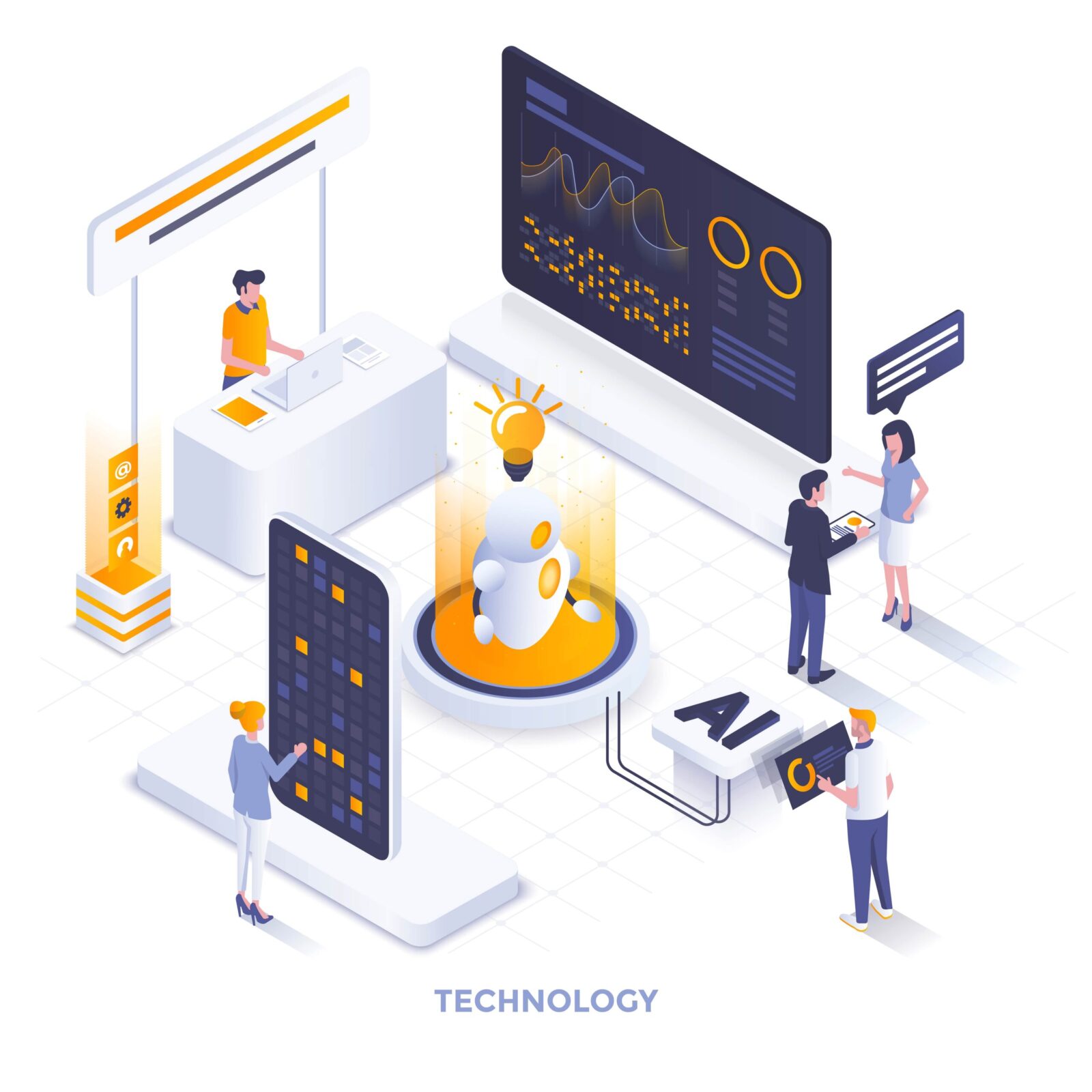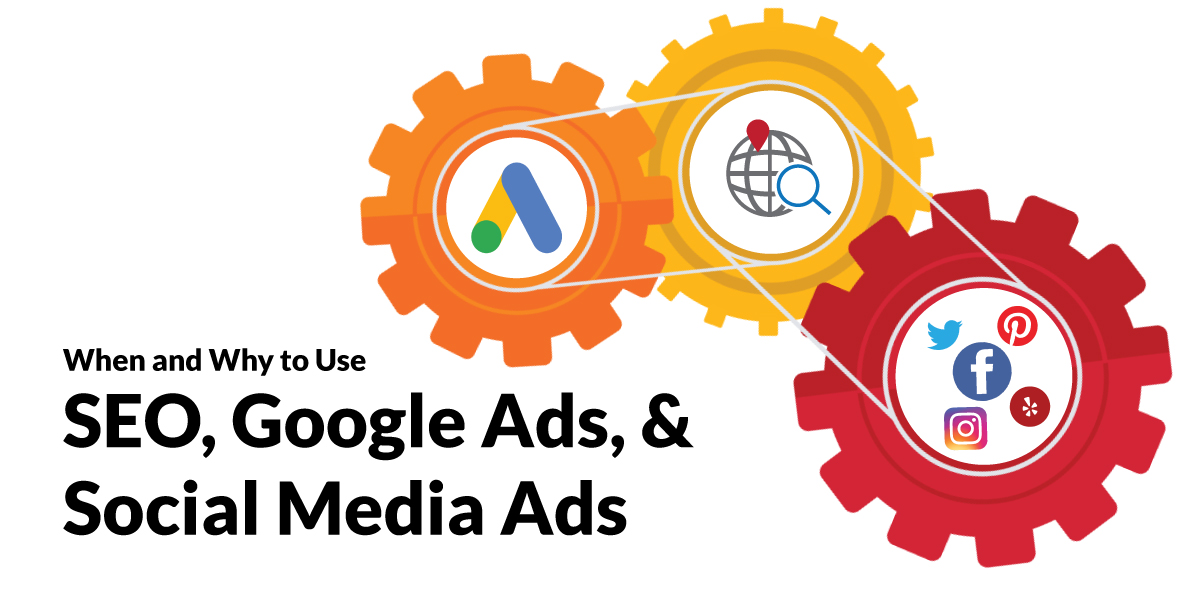Today’s fast world is matched only by the lightning-fast pace at which technology is developing. As creative professionals such as graphic designers, photographers, videographers, and digital marketers, we are always expanding our knowledge base, refining our techniques, and improving our equipment. The price of maintaining a state of technological and cultural relevance is high, though.
Professionals in these sectors devote a great deal of time and money to providing clients with the best possible service and staying ahead of the competition. Due to the ever-changing technological landscape, we must regularly update our hardware, software, and other resources to ensure optimal performance.
Mastering cutting-edge methods and tools sometimes involves a steep learning curve. Photographers need to use modern cameras and editing software; videographers must master new filming and editing methods; and digital marketers must keep up with ever-changing algorithms and advertising platforms.
Keeping up with technology also calls for a hefty financial commitment. The price tag includes everything from new technology and software to workshops, conferences, licencing, subscriptions, and specialised training. As professionals, it is our responsibility to make these payments and maintain a financially stable company.
Consider not only the final product or service when thinking about the hourly rates paid by specialists in various industries. A lot of time, energy, and money are put in behind the scenes to ensure a high-quality result. Charges are reflective of the time, money, and effort required to maintain the highest levels of expertise and knowledge in one’s field.
Clients and customers must understand the value that these experts bring to the table. A better understanding of the price structure and the development of a mutually beneficial relationship between service providers and clients can be fostered by recognising the substantial investment required to stay current and achieve great results.
Digital Marketing
Driving E-Commerce Success: Unleashing the Power of Social Media and Google Ads
In today’s world, social media and Google Ads play a pivotal role in the success of e-commerce websites. These digital advertising platforms have revolutionized the way businesses connect with their target audience, drive website traffic, and generate sales. Here are the key reasons why social media and Google Ads are essential for e-commerce websites:
- Wide Reach and Targeted Audience: Social media platforms, such as Facebook, Instagram, Twitter, and LinkedIn, boast billions of active users worldwide. This immense user base provides e-commerce websites with an unparalleled opportunity to reach a vast audience and target specific demographics, interests, behaviours, and locations. Google Ads, on the other hand, leverages the power of search intent to display ads to users actively searching for products or services, ensuring highly targeted visibility.
- Increased Brand Awareness: Social media platforms serve as a powerful branding tool for e-commerce websites. By establishing a strong social media presence, businesses can build brand recognition, foster customer loyalty, and create a community around their products or services. Consistent and engaging social media content can generate word-of-mouth referrals, expand reach, and enhance brand visibility.
- Enhanced Customer Engagement: Social media platforms enable direct communication and engagement with customers. Businesses can interact with their audience through comments, messages, and posts, fostering a sense of community and building trust. E-commerce websites can leverage social media to provide customer support, address queries, gather feedback, and even conduct market research, leading to improved customer satisfaction and loyalty.
- Precise Ad Targeting and Tracking: Both social media platforms and Google Ads provide robust targeting capabilities, allowing e-commerce websites to tailor their ads to specific audience segments. These platforms offer extensive targeting options based on demographics, interests, behaviours, and even retargeting previous website visitors. Moreover, they provide detailed analytics and tracking tools to measure ad performance, conversions, and return on investment, enabling businesses to optimize their advertising strategies and allocate budgets effectively.
- Increased Website Traffic and Conversions: Social media and Google Ads serve as effective channels for driving website traffic and increasing conversions. By strategically placing ads, businesses can attract qualified visitors to their e-commerce websites, resulting in higher chances of product discovery and purchases. Moreover, retargeting campaigns on social media and Google Ads can remind potential customers of products they have shown interest in, encouraging them to revisit the website and complete their purchase.
- Flexibility and Cost-Effectiveness: Social media and Google Ads offer flexibility in terms of budgeting and campaign management. E-commerce websites can set daily or lifetime budgets, adjust bids, and optimize campaigns based on performance metrics. These platforms also allow businesses to start with smaller budgets and scale up as they observe positive results. Compared to traditional advertising channels, social media and Google Ads often provide a more cost-effective option, allowing businesses to reach a larger audience within their marketing budget.
In summary, social media and Google Ads have become indispensable tools for e-commerce websites. They provide the means to reach a wide and targeted audience, increase brand awareness, engage with customers, drive website traffic, and ultimately boost conversions and revenue. By leveraging these digital advertising platforms effectively, e-commerce websites can gain a competitive edge and thrive in the dynamic online marketplace.



